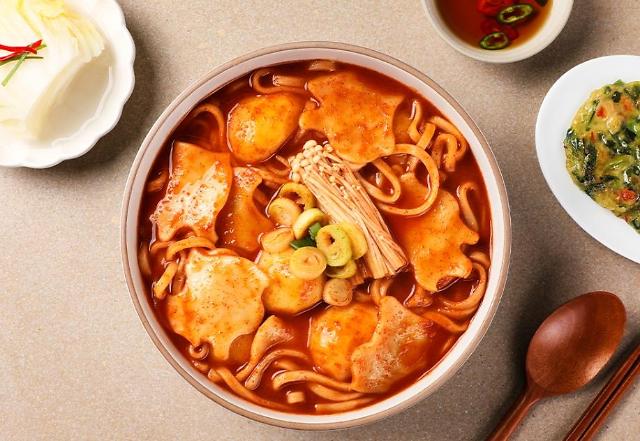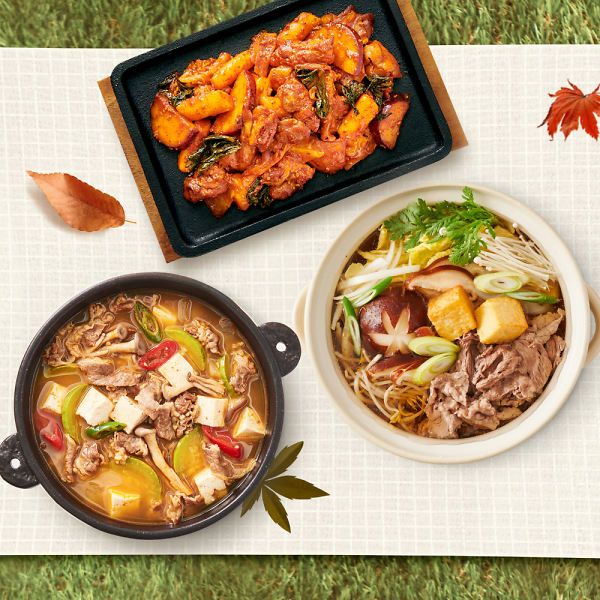
[Courtesy of Fresheasy]
Meal kits, ready-to-cook vacuum-packed food packages containing uncooked ingredients, garnered popularity among young workers and housewives for their convenience. The simple meal packs can be cooked using a microwave oven or through a very simple cooking process using a pan or saucer in less than 10 minutes.
According to Euromonitor, a global market research firm, South Korea's meal kit market stood at 336.3 billion won ($250.6 million) in 2022, up 23 percent from 258.7 billion won in 2021. The market thrived thanks to the increased number of single-person households and strong government social distancing guidelines that had people eat at their homes instead of dining out in crowded restaurants.
According to market data released by Freasheasy, a major food company in South Korea, a consumer group of people aged between 35 and 45 accounted for 29.2 percent of the total. The second-largest consumer group consisted of people aged between 25 and 35 (27.9 percent). The major food company analyzed that meal kits are no longer recognized as food menus favored by those who are not good at cooking.
Freasheasy said that meal kits for traditional Korean soup dishes attracted customers who were reluctant to pay for expensive food ingredients due to inflation. Six of the top 10 most popular meal kits were Korean meals that are often consumed by families at home.
"The main consumer group shifted to those in their 30s and 40s who favor eating at home than dining out and because of such transition, meal kits became more popular as best-selling menus consist of Korean home meals," a Freasheasy official said in a statement on April 18.
Copyright ⓒ Aju Press All rights reserved.





View more comments